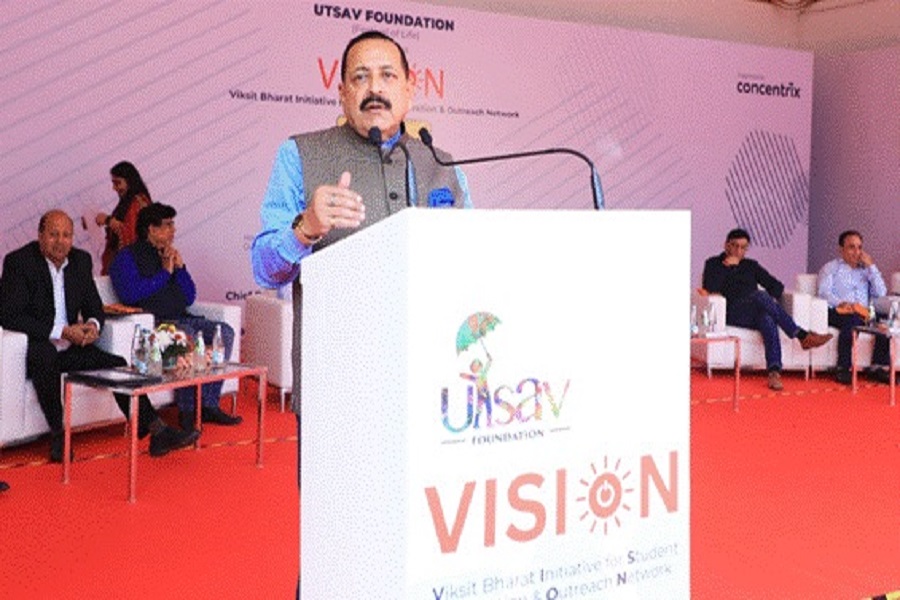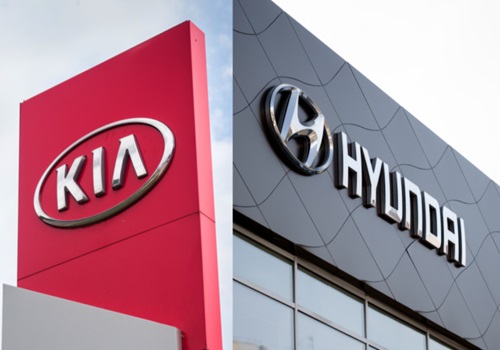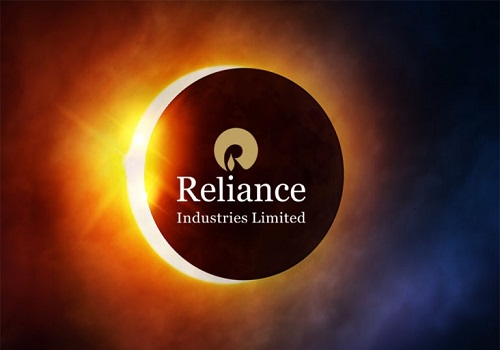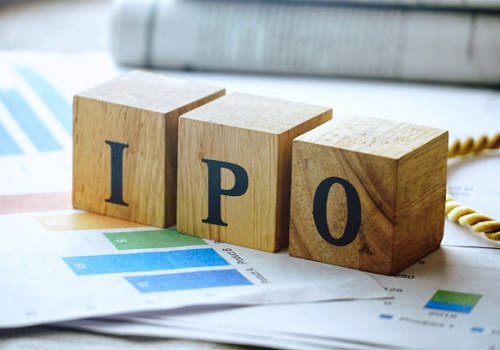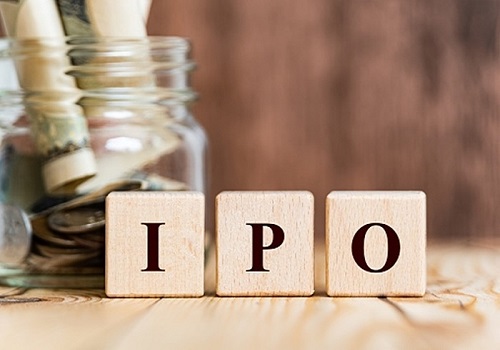Remus Pharmaceuticals coming with an IPO to raise Rs 47.69 crore

Follow us Now on Telegram ! Get daily 10 - 12 important updates on Business, Finance and Investment. Join our Telegram Channel
Remus Pharmaceuticals
- Remus Pharmaceuticals is coming out with a 100% book building; initial public offering (IPO) of 3,88,000 shares of Rs 10 each in a price band Rs 1150 - 1229 per equity share.
- The issue will open for subscription on May 17, 2023 and will close on May 19, 2023.
- The shares will be listed on NSE Emerge.
- The face value of the share is Rs 10 and is priced 115 times of its face value on the lower side and 122.90 times on the higher side.
- Book running lead manager to the issue is Beeline Capital Advisors.
- Compliance Officer for the issue is Deval Bakulkumar Patel.
Profile of the company
The company is majorly engrossed in the pharmaceutical business involving marketing, trading and distribution of wide range of pharmaceutical finished formulations and products. Depending upon business requirments, it gets finished pharmacuetical formulations manufactured on loan license or contract manufacturing. Such manufacturing is on principle to principle basis. It has its presence through registered and/or under registration products in countries namely Bhutan, Bolivia, Chile, Costa Rica, Cuba, Dominican Republic, Ecuador, El Salvador, Guatemala, Honduras, Jamaica, Kuwait, Madagascar, Malaysia, Hong kong, Myanmar, Panama, Trinidad and Tobago, Uzbekistan, Venezuela, Vietnam. It deals in drug forms like Capsules, Cream, Eye Drops, Gel, Infusion, Inhalation, Inhaler, Injection, Nail Lacquer, Nasal Solution, Nasal Spray, Nebuliser, Ointment, Ophthalmic, Oral Gel, Oral Solution, Oral Suspension, Sachet, Suspension, Tablet.
The company’s product portfolio comprises of vide range of therapeutic drugs namely ACE inhibitors, Analgesic, anaesthetic, Antiulcer, Anti angiogenic, Anti Erectile Dysfunction, Anti fibrinolytic, Anti histamine, Anti-inflammatory, Anti-ulcer, Anti-acne, Antianxiety, Antiarrhythmic, antiarrhythmic agent, Antibiotic, Antibiotic, Anticancer, Anticholinergics, Anticoagulant, Anticonvulsant, Antidepressant, Antidiabetic, Antidiuretics, Antiemetics, Antifungal, Anti-gastric, Antihistaminic, Antihypertensive, Antimalarial, Antioxidants, Antiparasitic, Antiprotozoal, Antipsychotic, Antipyretic, Antiretroviral, Antiretrovirals, Anti-seizure, Antispasmodic, Anti-vertigo, Antiviral, Asthma, Avitaminosis, Beta blocker, Carcinoid tumours, Chronic Obstructive Pulmonary Disease, CNS stimulants, Contrast Reagent, Corticosteroids, Corticosteroids, Dermatology, Hyperprolactinemia, Immuno-suppressive, Iron chelator (binder), Iron deficiency, Menopausal hormone therapy, Mucolytic, Nasal decongestants, non-depolarizing neuromuscular blocker, NSAIDs, Ocular-hypertension, Opioid Antagonists, Phosphate binders, Potassium deficiency, Probiotic, selective relaxant binding agent, Urology, Vaso constrictor and Vitamin deficiency.
Proceed is being used for:
- Meeting working capital requirements.
- Funding investments for acquisitions and general corporate purposes.
- Meeting public issue expenses.
Industry overview
Globally, India ranks 3rd in terms of pharmaceutical production by volume and 14th by value. The domestic pharmaceutical industry includes a network of 3,000 drug companies and 10,500 manufacturing units. According to the Indian Economic Survey 2021, the domestic market is expected to grow 3x in the next decade. India’s domestic pharmaceutical market stood at $ 42 billion in 2021 and likely to reach $ 65 billion by 2024 and further expand to reach $ 120 billion by 2030. The Ayurveda sector in India reached $ 4.4 billion by 2018 end and grow at 16% CAGR until 2025. In the global pharmaceuticals sector, India is a significant and rising player. India is the world's largest supplier of generic medications, accounting for 20% of the worldwide supply by volume and supplying about 60% of the global vaccination demand. The Indian pharmaceutical sector is worth $ 42 billion and ranks 3rd in terms of volume and 13th in terms of value worldwide.
India is the world’s largest provider of generic medicines; the country’s generic drugs account for 20% of global generic drug exports (in terms of volumes). Indian drugs are exported to more than 200 countries in the world, with the US as the key market. India is the 12th largest exporter of medical goods in the world. The country’s pharmaceutical sector contributes 6.6% to the total merchandise exports. Exports of Indian pharmaceuticals, including bulk drugs, intermediates, drug formulations, biologicals, AYUSH & herbal products and surgical products, reached $ 16.28 billion in FY20. India’s drugs and pharmaceuticals exports stood at $ 24.44 billion in FY21 and $ 22.2 billion Between April 2021-February 2022. In FY21, North America was the largest market for India’s pharma exports with a 34% share and exports to the U.S., Canada and Mexico recorded a growth of 12.6%, 30% and 21.4%, respectively.
Pros and strengths
Strategic location of contract manufacturing facilities: The company’s Pharma business operations are supported by various contract manufacturers having facilities which are WHO GMP Compliant. The company’s core strength lies in getting its approved formulation manufactured through contract manufacturers under loan licence and marketing of formulations under its own brand through marketing network across geographies. It has 30 active loan licensed manufacturing facilities situated in Gujarat. The said manufacturing facilities are situated across various states of India.
Diversified business operations and revenue base: The company’s business is diversified in terms of geographies and therapeutic areas within the pharmaceutical industry. In terms of geographical diversity, it has marked its presence in international as well as Indian markets. It has exports of Formulation to countries like Bhutan, Bolivia, Chile, Costa Rica, Cuba, Dominican Republic, Ecuador, El Salvador, Guatemala, Honduras, Jamaica, Kuwait, Madagascar, Malaysia, Hong kong, Myanmar, Panama, Trinidad and Tobago, Uzbekistan, Venezuela, Vietnam.
Scalable business model: The company’s business model is customer centric, and order driven, and requires optimum utilisation of its existing resources, assuring quality supply and achieving consequent economies of scale. The business scale generation is basically due to development of new markets and products both domestic and international by exploring customer needs, marketing expertise and by maintaining the consistent quality output.
Risks and concerns
Dependent on few numbers of customers for sales: The company’s business operations are highly dependent on its customers and the loss of any of its customers may adversely affect its sales and consequently on its business and results of operations. While it typically have long term relationships with its customers, it has entered into long term agreements with its customers and the success of its business is accordingly significantly dependent on it maintaining good relationships with its customers and suppliers. The actual sales by the company may differ from the estimates of its management. The loss of one or more of these significant or key customers or a reduction in the amount of business it obtains from them could have an adverse effect on its business, results of operations, financial condition and cash flows.
Face competition: The company’s products face competition from products commercialized or under development by competitors in all its product portfolios. It competes with local companies, multi-national corporations and companies from the rest of world. If its competitors gain significant market share at its expense, its business, results of operations and financial condition could be adversely affected. Many of its competitors may have greater financial, manufacturing, research and development, marketing and other resources, more experience in obtaining regulatory approvals, greater geographic reach, broader product ranges and stronger sales forces. Its competitors may succeed in developing products that are more effective, more popular or cheaper than any it may develop, which may render its products obsolete or uncompetitive and adversely affect its business and financial results. Also, it faces pressure on its margins due to pricing competition from several small and unorganized local players. Presence of more players in the unorganized sector compared to organized ones has resulted in increasingly competitive environment characterized by stiff price competition.
Requires significant amount of working capital: The company’s business requires significant working capital, part of which would be met through additional borrowings in the future. In many cases, significant amounts of working capital are required to finance the procurement of branded products before payments are received from customers. Its working capital requirements may increase, under certain conditions, where payment terms do not include advance payments or include delayed payments from customers. Additionally, its working capital requirements have increased in recent years due to the general growth of its business.
Outlook
Remus Pharmaceuticals is engaged in marketing & distribution of finished formulations of pharmaceutical drugs. The company also deals in API (Active Pharmaceutical Ingredient). It also provides technical consultancy services to various distributors for preparation of reports on the dossiers of the products to be registered by them in various countries. Having cultivated strong and dependable customer relationships ranging from Generic distributors, regional distributors and Multinational distributors to Hospitals and Clinics through a responsive distribution network, its clients are spread in more than 20 countries. It looks forward to form long lasting relationships that enhance the lives of its patients. On the concern side, being a pharmaceutical the company operate in an industry which is highly regulated and controlled. There are stringent and restrictive norms in relation to quality standards. Besides, it requires several statutory and regulatory permits, licenses and approvals to operate its business. Many of these approvals are granted for fixed periods of time and need renewal from time to time.
The company is coming out with an IPO of 3,88,000 equity shares of face value of Rs 10 each. The issue has been offered in a price band of Rs 1150-1229 per equity share. The aggregate size of the offer is around Rs 44.62 crore to Rs 47.69 crore based on lower and upper price band respectively. On performance front, the company’s the revenue from operations for the FY 2021-22 was Rs 2471.71 lakh as compared to Rs 1841.81 lakh during the FY 2020-21 showing an increase of 34.20%. Profit after Tax (PAT) increased from Rs 102.58 lakh in the FY 2020-21 to Rs 338.57 lakh in FY 2021-22 showing Increase of 230.05%. Meanwhile, the company intends to continue to enhance scale in existing products and introduce new products across high end and mid segment to capitalize on the opportunity to cater rising acceptance and demand of new products. In order to maintain its competitive edge, it will continue to add newer products to its products portfolio. It is highly conscious about its brand image and intends to continue its brand building exercise by providing excellent services to the satisfaction of the customers.
